|
This was our last full day of the expedition! We started off at 9am with a half-day tour of Cusco. It was a short walk from the hotel to the Cusco Cathedral. The Cathedral of Cusco or Cathedral Basilica of the Virgin of the Assumption (1668) is the main temple of the city of Cusco, in Peru and houses the headquarters of the Archdiocese of Cusco. The Cathedral Basilica of Cusco, together with the Triunfo temple make up the Cathedral Complex, it is located in the northeast sector of the current Plaza de Armas of Cusco. In the place that, during the Inca period, was occupied by both the Suntor Wassi (lit. "Government House") and the Kisoarkancha or Palace of the eighth Inca Viracocha. The complex occupies an area of 3,920 square meters and is the most important religious monument in the Historic Center of Cusco. Since 1972 the temple has been part of the Monumental Zone of Cusco declared as a Historical Monument of Peru. Also, in 1983, being part of the historic center of the city of Cusco, it is part of the central zone declared by UNESCO as World Heritage Site. The Incas built the temple known as Kiswarkancha on the main square in Cusco. It was the Inca palace of Viracocha, ruler of the Kingdom of Cusco around a century before the Spanish colonists arrived. The aboriginal name of this city was Qusqu. Although it was used in Quechua, its origin has been found in the Aymara language. The word itself originated in the phrase qusqu wanka ("Rock of the owl"), attending to the foundational myth of the Ayar siblings.[4]Near to the Kiswarkancha was the Suntur Wasi, an armoury and heraldry centre for the Inca royalty.When the Spanish conquistadores arrived in Cuzco, they decided to take down the temple and build their Christian cathedral in that prominent site. Next stop, the Coricancha Temple, the Temple of the Sun. This was the most sacred space in the Inca Empire. Originally named Intikancha or Intiwasi,it was dedicated to Inti, and is located at the former Inca capital of Cusco. Most of the temple was destroyed after the 16th-century war with the Spanish conquistadors, as settlers also took it apart to build their own churches and residences. Much of its stonework was used as the foundation for the seventeenth-century Santo Domingo Convent. It was built after the 1650 earthquake destroyed the first Dominican convent. To construct Coricancha, the Inca used ashlar masonry, building from the placement of similarly sized cuboid stones that they had cut and shaped for this purpose. The use of ashlar masonry made the temple much more difficult to construct, as the Inca did not use any stone with a slight imperfection or break. By choosing this masonry type, the Inca intentionally demonstrated the importance of the building through the extent of the labor necessary to build the structure. Pachakutiq Inca Yupanqui rebuilt Cusco and the House of the Sun, enriching it with more oracles and edifices, and adding plates of fine gold. He provided vases of gold and silver for the Mama-cunas, nuns or cloistered women, to use in the veneration services. Finally, he took the bodies of the seven deceased Incas and adorned them with masks, head-dresses, medals, bracelets, and sceptres of gold, placing them on a golden bench. The walls were once covered in sheets of gold, and the adjacent courtyard was filled with golden statues. Spanish reports tell of an opulence that was "fabulous beyond belief". When the Spanish in 1533 required the Inca to raise a ransom in gold for the life of their leader Atahualpa, most of the gold was collected from Coricancha. The Spanish colonists built the Convent of Santo Domingo on the site, demolishing the temple and using its foundations for the cathedral. They also used parts of the building for other churches and residences. Construction took most of a century. This is one of numerous sites where the Spanish incorporated Inca stonework into the structure of a colonial building. Major earthquakes severely damaged the church, but the Inca stone walls, built out of huge, tightly interlocking blocks of stone, still stand due to their sophisticated stone masonry. Learn more from this article from The Gaurdian, "Coricancha, the Inca's temple of the sun: a history of cities in 50 buildings." In March of 1533 Martin Bueno and Pedro Martuide Moguer, illiterate soldiers and Juan Zarate, notarary — traveled to Cuzco at Atahualpa and Pizzaro's request to encourage the removal of gold. See Cuzco History for more. The Spanairds went to the Qoricancha and removed the 700 gold plating around its outside walls. Each 2.5ft in length and weighing 4.5lbs — about 9 years of wages each. The spanairds returned to Pizarro with 178 loads of gold.5 They also collected a 190lbs gold altar, and 120lbs gold fountain. From travel blog by Andy Roscoe. We then traveled to the nearby Sacsayhuaman Fortress. The Sacsayhuaman archaeological site is located approximately 2 kilometers, or 1.25 miles, from the Cusco Town Square at an altitude of 12, 140 feet above sea level. It is a very large archaeological site at over 3,000 hectares on a hill that is surrounded by mountains. Sacsayhuaman is the highest point in Cusco. Sacsayhuaman is arguably the most impressive Inca Ruin that remains standing today. It was originally built by the people that inhabited Cusco before the Inca, the Killke culture. Construction by the Killke culture was started in 1100 CE. Once the Inca culture inhabited the area the Inca expanded on the construction of Sacsayhuaman. The Sacsayhuamán complex is a marvel of engineering with some of the largest blocks ever found in Incan construction pieced together so tightly that mortar was not necessary. The remaining site is what is left today from a much larger fortress that once was. There are three large sections of the remaining walls, with a large square and rectangular stones that are perfectly stacked on top of each other. Each of the stones is different in size and shape making each stone placed with a custom fit. No one truly knows the original purpose behind Sacsayhuaman, however, some of the theories maintain that it served as an Inca fortress or a ceremonial center. Read more. On the way back to the hotel, we stopped off at Sulca Textiles. "The Sulca Textile House Museum currently revalues, preserves, elaborates, innovates and disseminates the fabric made with the specialized knowledge and textile techniques that influenced ancient Peru, this is the family legacy to the world." After luch at the hotel Merle and I set out for the Museo Machu Picchu and got lost as we wandered through the hilly city in the thin air and hot sun.
0 Comments
THIS is the day we have all been waiting for! We check out and head for the Ollantaytambo train station. We take the narrow-gauge railway to Aguas Calientes station and disembark at Machu Picchu Town. Then a 20-minute bus drive up a steep switch-back road (I lost count at the eighth zig-lag) to get to the site of the citadel. We check in to the Belmond Sanctuary Lodge, located 100 feet from the entrance. We have lunch and get prepped for our tour. We then enter the break-taking ground of Machu Picchu, a World Heritage site. We end the day with dinner and live music!
Now we did not travel on the luxury version of the train with dining car, etc, but this short clip gives a good feeling for the journey of about two hours. The second clip is what we saw from our window, We disembarked at Machu Pichu Town, formally known as Aguas Calientes. We poked around town, had lunch at Cafe Inkaterra, then boarded a bus for the ziggy-zaggy trip up the mountain to the hotel (where we would stay one night) and the site of the citadel.
The bus from the town to the hotel and the citadel was, by itself, a thrill ride! Our destination for one night's stay is the Belmond Sanctuary Lodge, located about 100 feet from the entrance to Machu Picchu. The hotel has its own orchid garden/relaxation area! Our first full day aboard. We are getting used to the ship and its spaces and services. We are up early and set to expeditioning! All aboard the fleet of Zodiacs to go ashore. Life jackets on, please! First stop is a hike along the beach at North Seymour Island. We had many serious photographers on the voyage, including Vicki Landon and Dave Weilert, from Austin. We got to share our experiences with them a few other couples as the voyage moved on. They shared many of their great pix and I will use them and images/videos from other travelers. The word ‘galapago’ means ‘tortoise’ in Spanish; the islands are named after the giant tortoises that live on some of them. Next stop was Rabida Island. In 1975 the Galapagos National Park Service successfully eradicated introduced goats from the island, and in 2011 destructive, introduced black rats were removed. The Park Service and hosts of scientists and naturalists have been studying, monitoring, and protecting these islands for about 80 years. See the Galapagos Conservancy site to learn more. Here Merle and I tried our first snorkeling adventure in a number of years. I was testing out my GoPro Hero 9 - we saw a lot of sardines and Yellow Tails.  The Galapagos Islands contributed significantly to Charles Darwin's theory of evolution. He collected and later reflected on the differences between the different species of finches from the islands. "Considering the small size of these islands, we feel the more astonished at the number of their aboriginal beings, and at their confined range... Hence, both in space and time, we seem to be brought somewhere near to that great fact, that mystery of mysteries --the appearance of the new beings on this earth." Charles Darwin, 1845. Flying first from Miami to Guayaquil, Ecuador and then a short flight to San Cristobal Island in the Galapagos. A short bus ride to the dock for our first Zodiac shuttle to the National Geographic Endeavor II. We are given life vests and wear them every time we board a Zodiac - keeping them in our room on pegs next to our jackets. We are at sea! After lunch we (90 guests) meet the Expedition Leader Cindy Manning. We meet our fellow travelers and start to get to know some of them. We have our first "wet landing" from the Zodiac to Las Bachas (Barges) beach. The Galápagos Islands are Situated in the Pacific Ocean some 1,000 km from the South American continent, these 19 islands and the surrounding marine reserve have been called a unique ‘living museum and showcase of evolution’. Located at the confluence of three ocean currents, the Galápagos are a ‘melting pot’ of marine species. Ongoing seismic and volcanic activity reflects the processes that formed the islands. These processes, together with the extreme isolation of the islands, led to the development of unusual animal life – such as the land iguana, the giant tortoise and the many types of Finch – that inspired Charles Darwin’s theory of evolution by natural selection following his visit in 1835. The islands are protected as a UNESCO World Heritage site.
|
Just the highlights and headlines...
Archives
January 2023
Categories |
||||||||||||


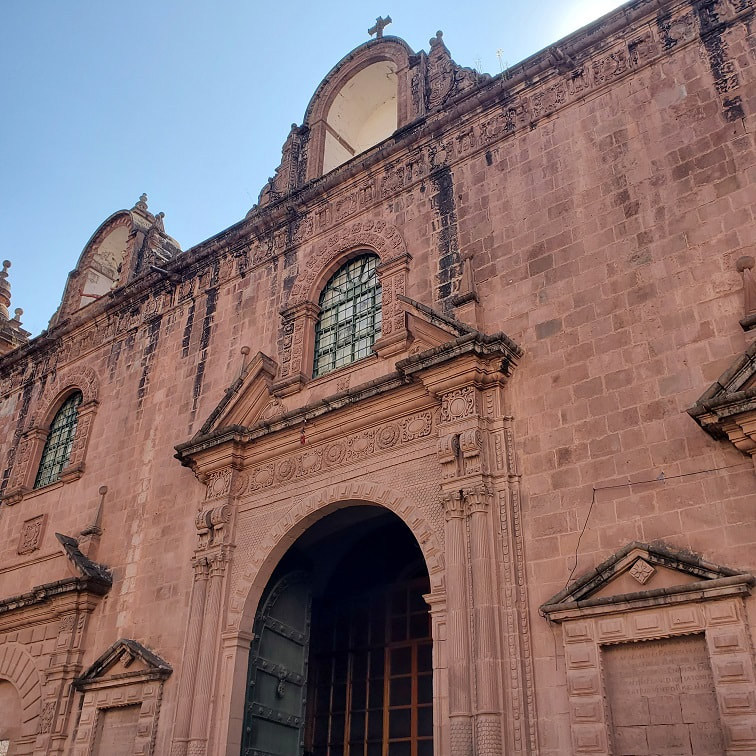



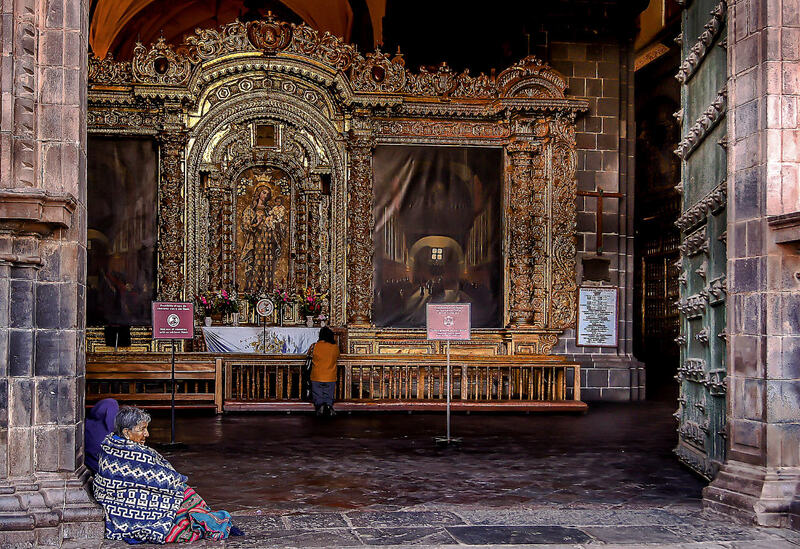





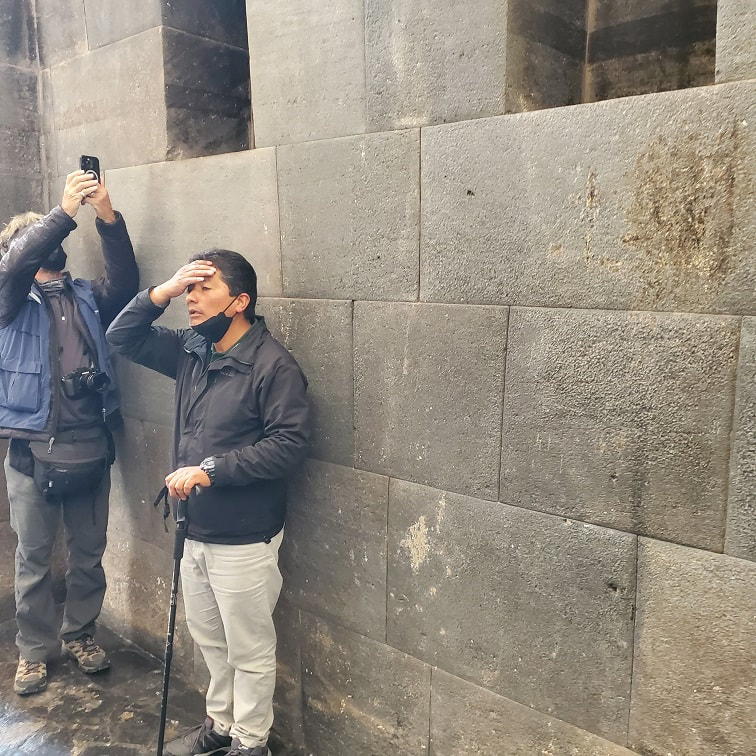






















































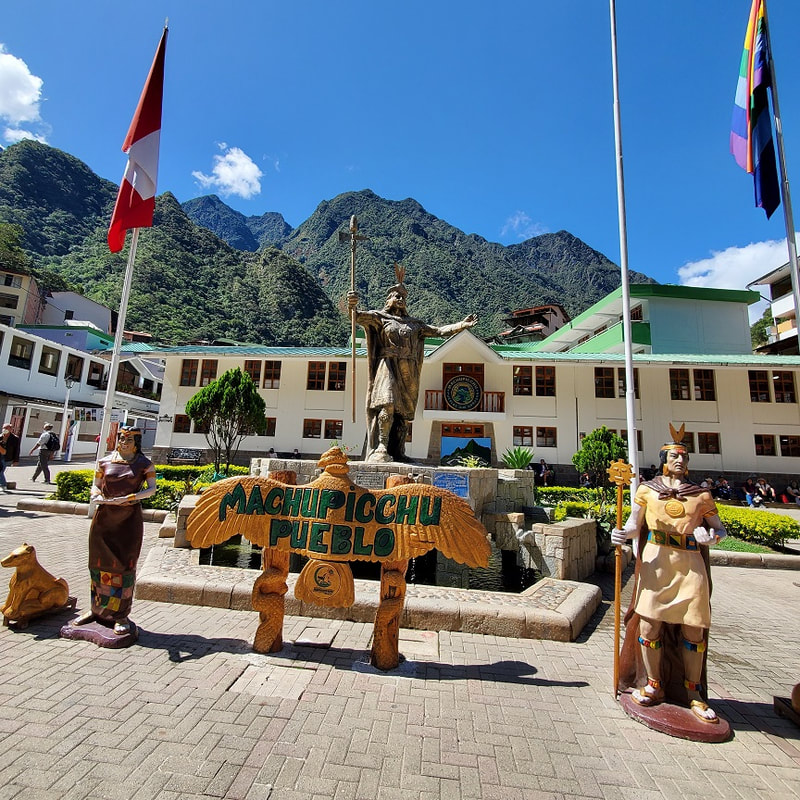



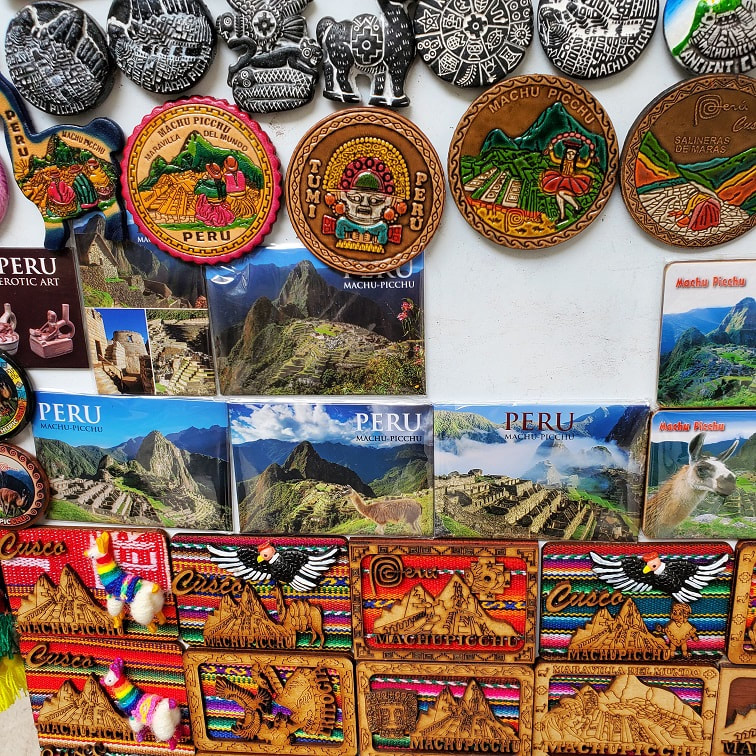

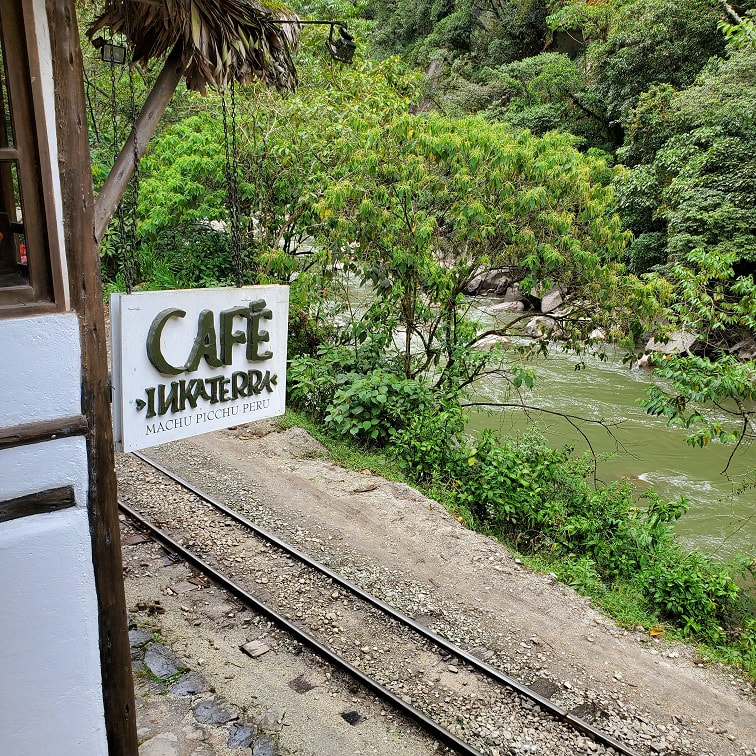












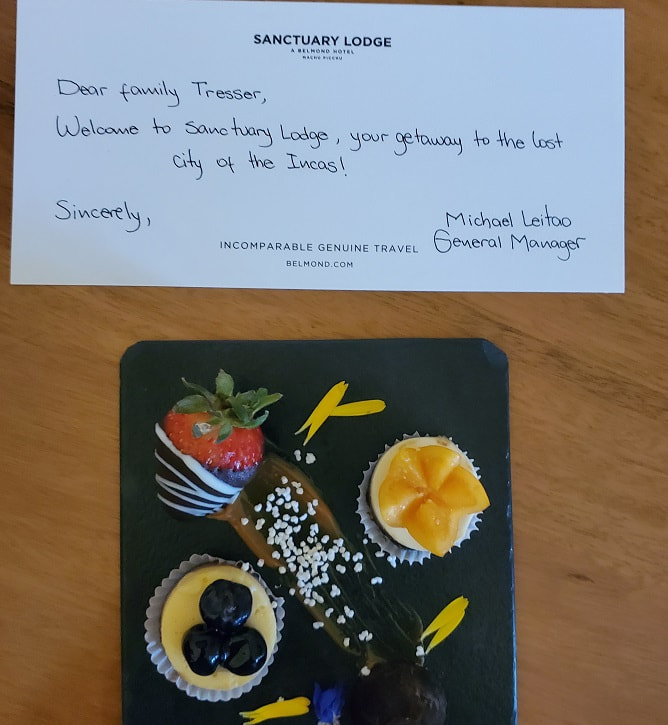

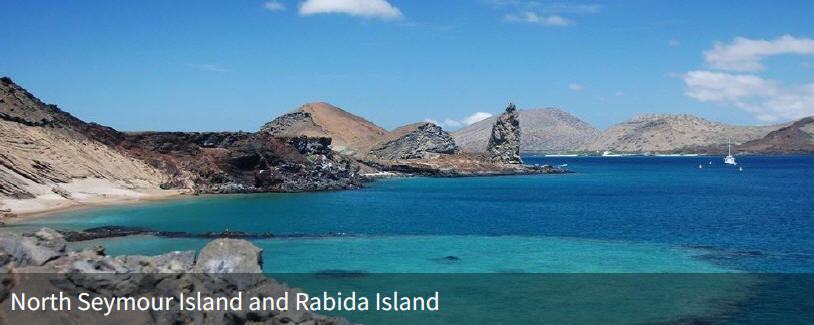

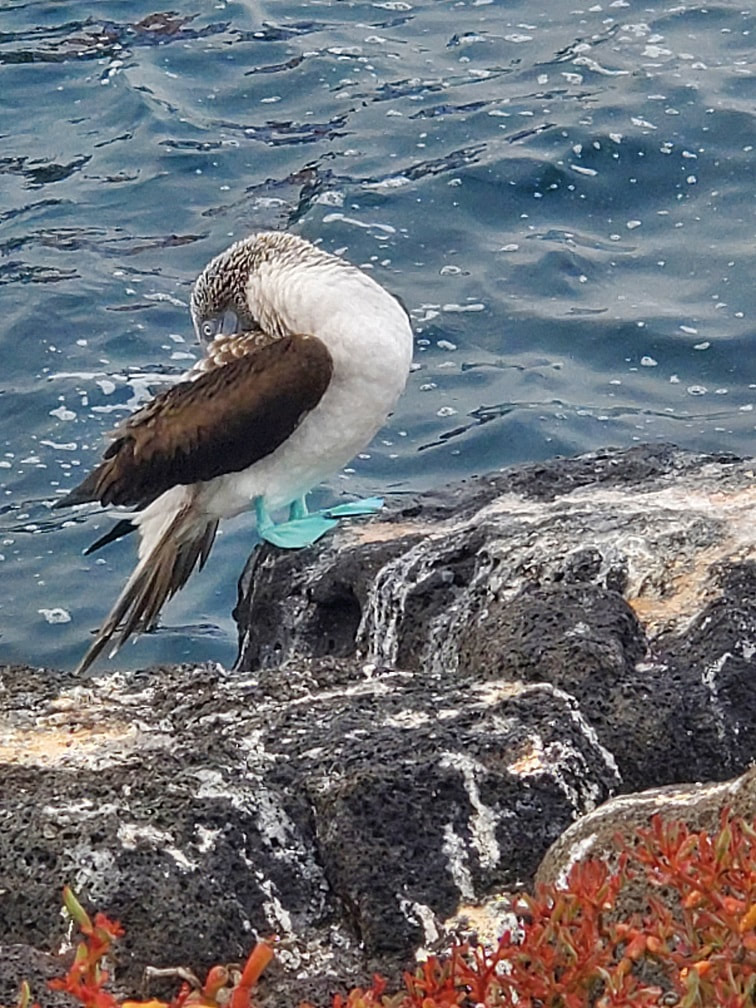



















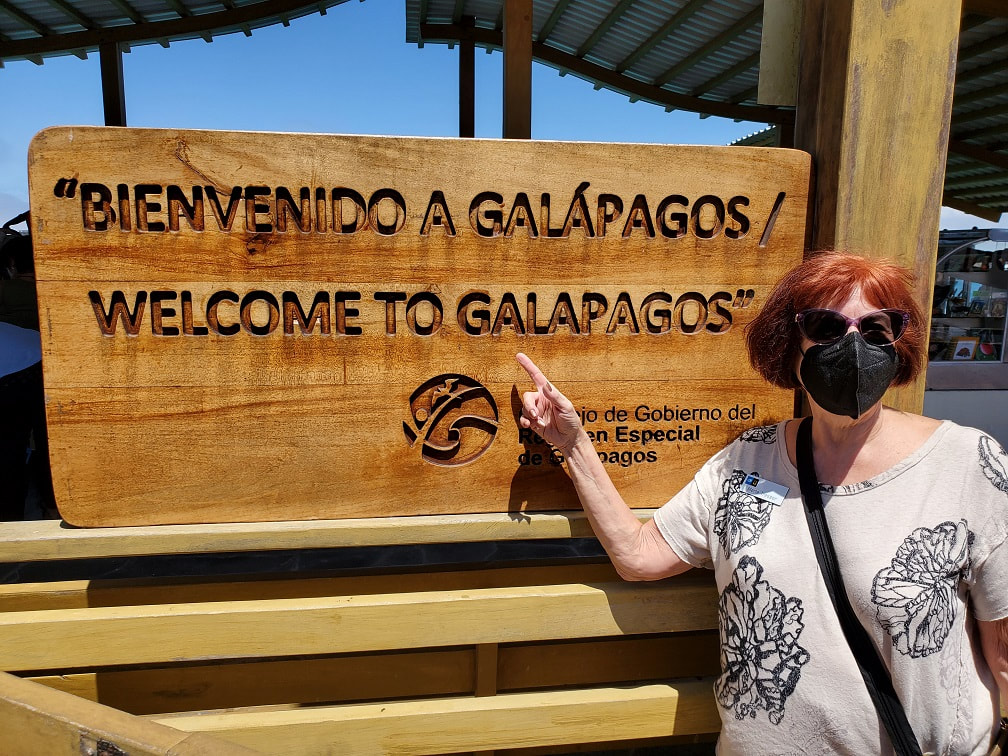
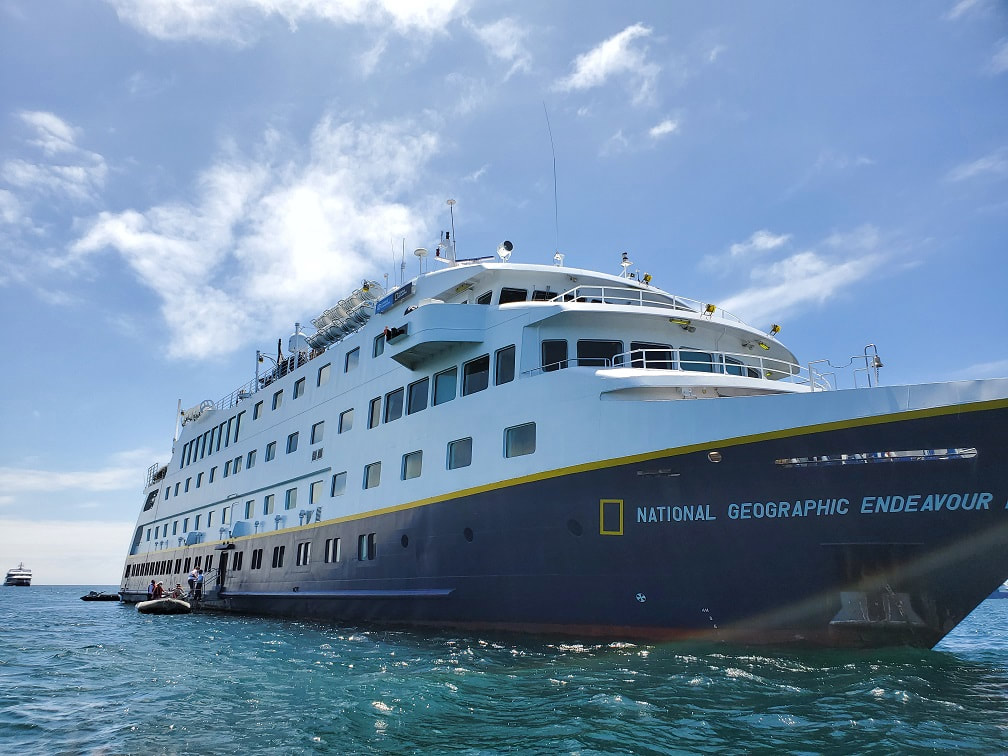
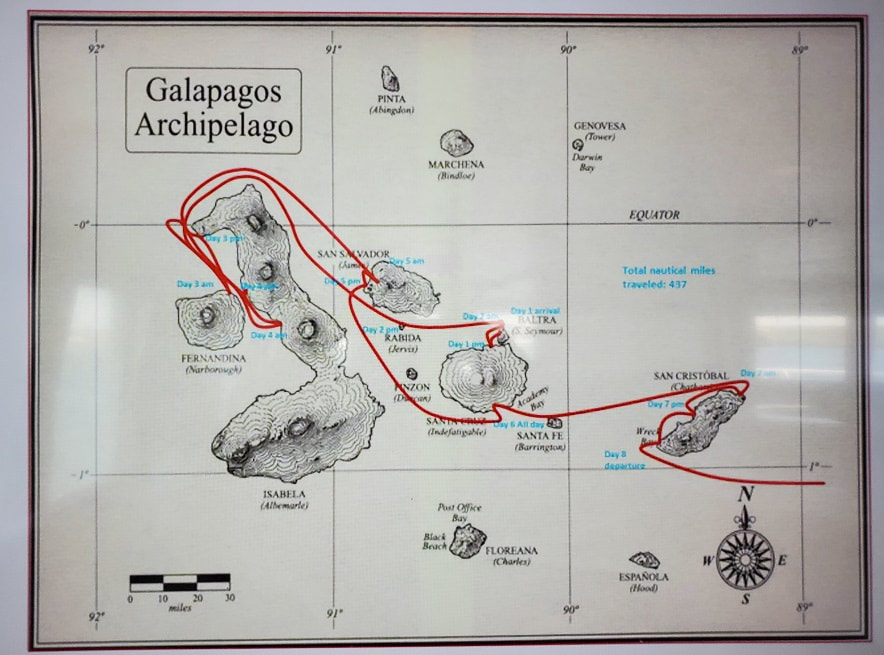
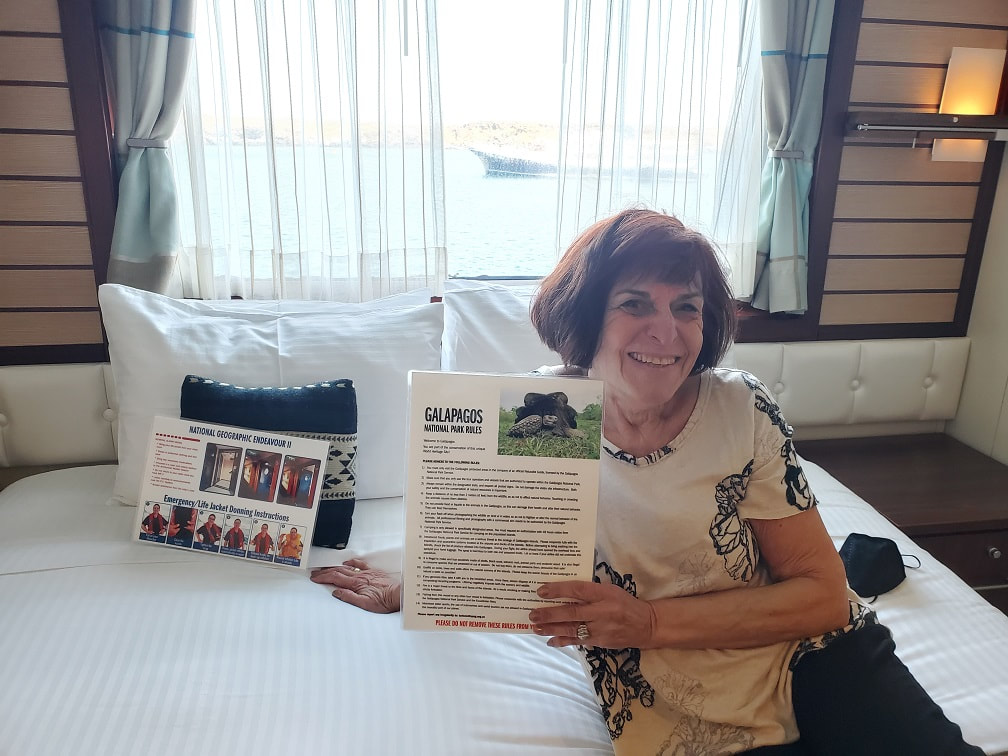


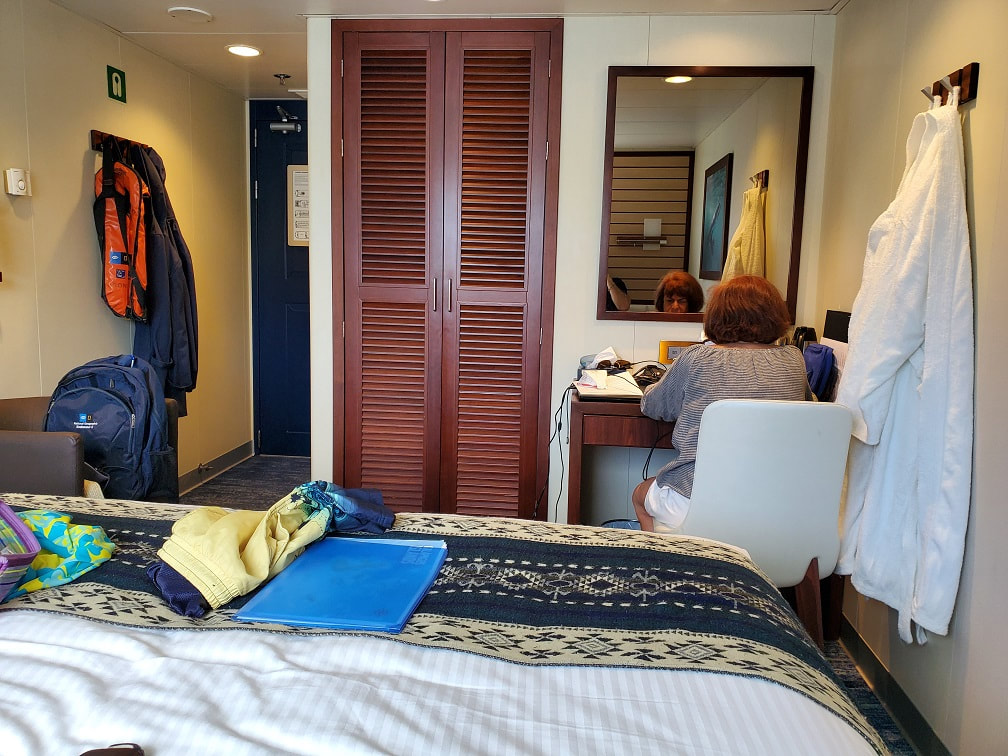











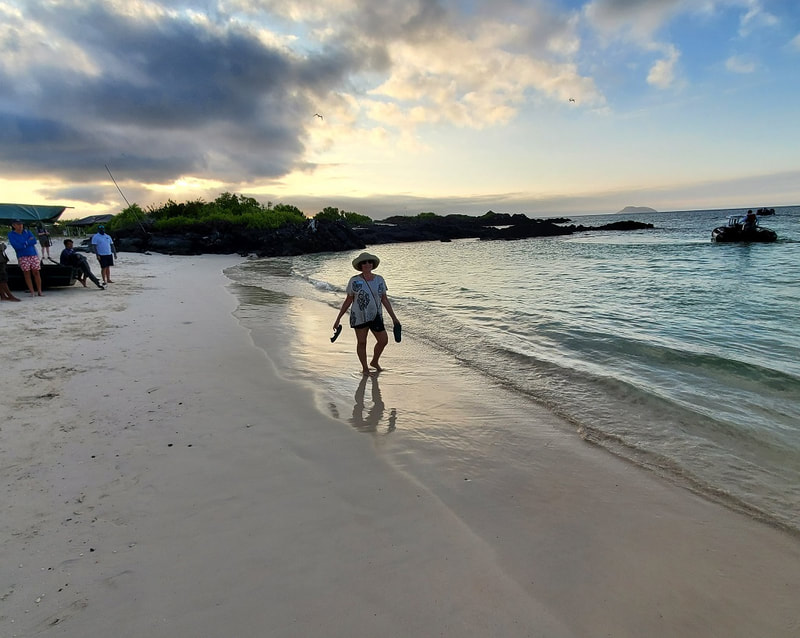




 RSS Feed
RSS Feed